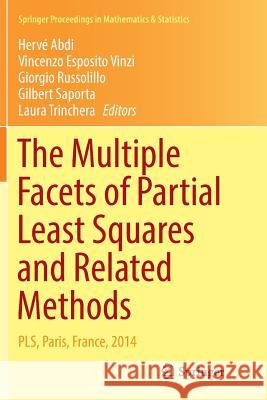The Multiple Facets of Partial Least Squares and Related Methods: Pls, Paris, France, 2014 » książka
topmenu
The Multiple Facets of Partial Least Squares and Related Methods: Pls, Paris, France, 2014
ISBN-13: 9783319821443 / Angielski / Miękka / 2018 / 316 str.
The Multiple Facets of Partial Least Squares and Related Methods: Pls, Paris, France, 2014
ISBN-13: 9783319821443 / Angielski / Miękka / 2018 / 316 str.
cena 402,53
(netto: 383,36 VAT: 5%)
Najniższa cena z 30 dni: 385,52
(netto: 383,36 VAT: 5%)
Najniższa cena z 30 dni: 385,52
Termin realizacji zamówienia:
ok. 22 dni roboczych
Dostawa w 2026 r.
ok. 22 dni roboczych
Dostawa w 2026 r.
Darmowa dostawa!
Kategorie:
Kategorie BISAC:
Wydawca:
Springer
Seria wydawnicza:
Język:
Angielski
ISBN-13:
9783319821443
Rok wydania:
2018
Wydanie:
Softcover Repri
Ilość stron:
316
Waga:
0.46 kg
Wymiary:
23.39 x 15.6 x 1.75
Oprawa:
Miękka
Wolumenów:
01
Dodatkowe informacje:
Wydanie ilustrowane











